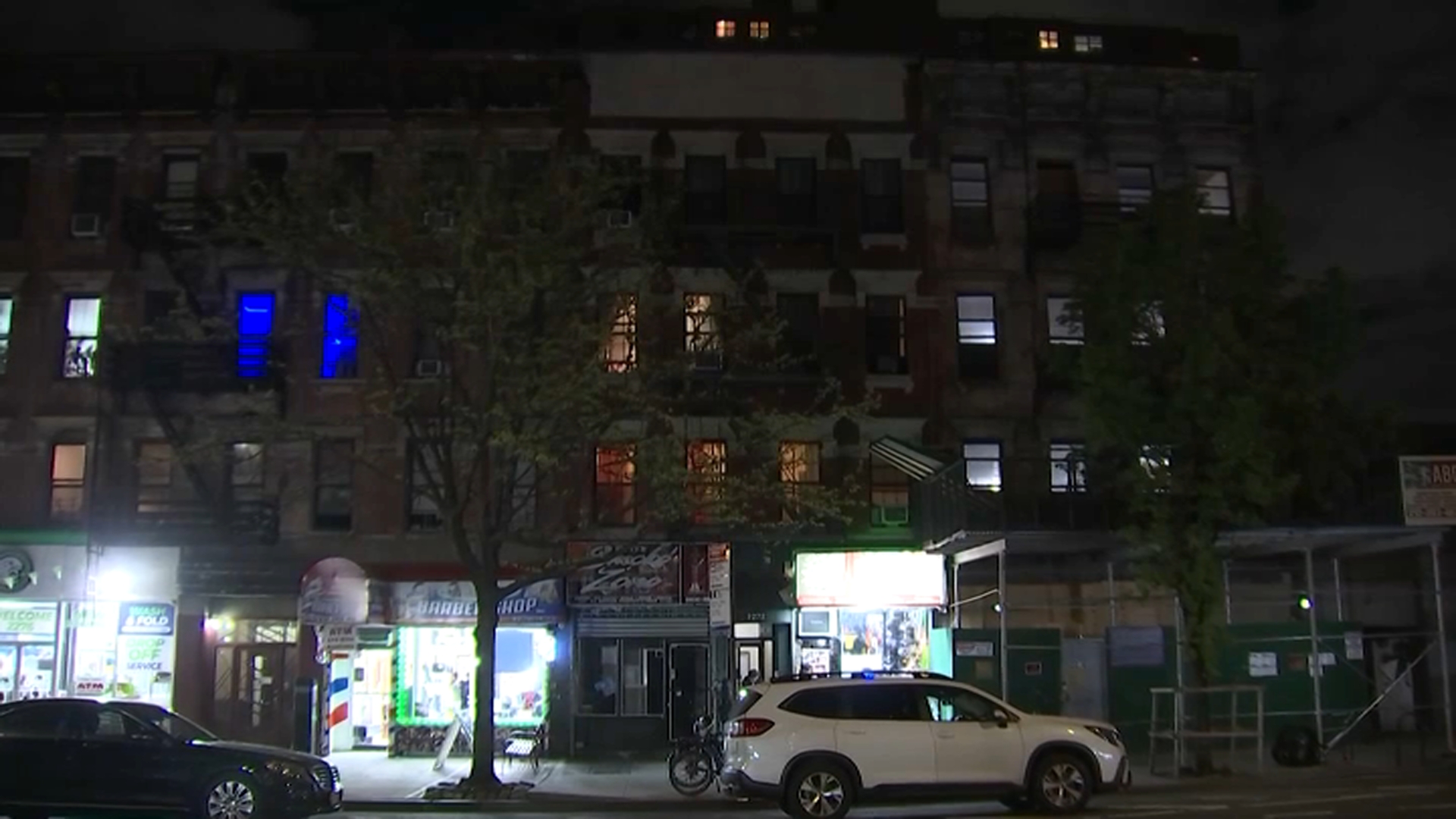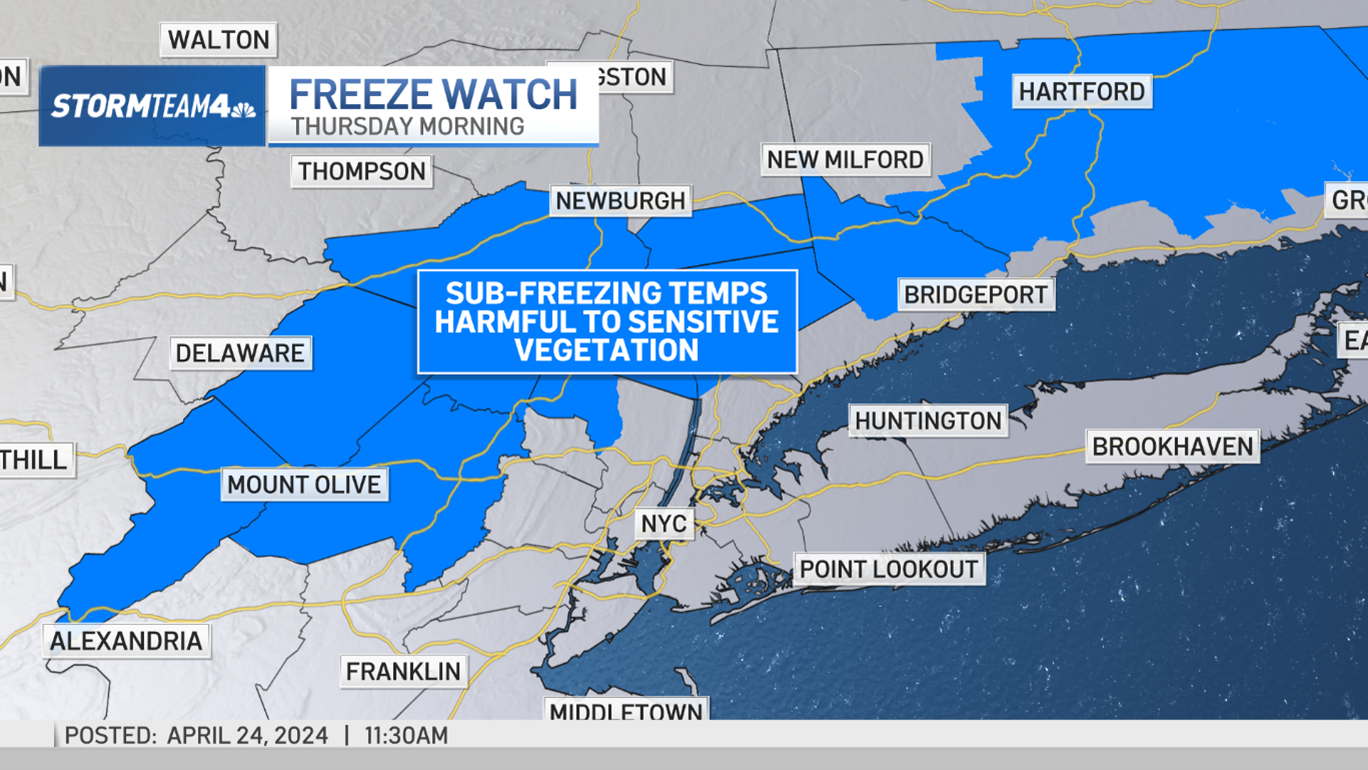A ten mile long slick of "red tide" first reported by the Coast Guard in New York Harbor's Upper Bay on Labor Day seemed to have mostly dissolved 24 hours later.
But the waters under and south of the Verrazano Narrows Bridge still had a distinct reddish hue as NY-NJ Baykeeper boat captain Rick Jacks piloted his boat through the soupy mixture.
"This is certainly more red than I'm used to seeing," said Jacks, 56, who has piloted boats on the harbor for 45 years, since he was 11 years old.
But the New Jersey DEP is still trying to figure out what people are seeing.
"We have not made a determination what this this is," said DEP spokesman Larry Hajna.
He added, "There are many species of reddish brown algae" and not all of them are toxic, as first feared by the Coast Guard in its release on Labor Day.
In fact, several studies by the NJ DEP over the years point to past red tides in New York Harbor, as well as in Barnegat Bay far to the south. Some were toxic, and others were not.
Local
The DEP cited one ocean outbreak of a particular strain of red tide (these organisms are usually algae or phytoplankton) at least a decade or more ago that killed hundreds of bottle nose dolphins, many of which washed ashore in New Jersey.
In this latest instance, the DEP will be taking samples to try to determine which species caused the outbreak, and whether it is toxic or not, according to Hajna.
So what causes the blooms of these naturally occurring organisms that then become red or brown (the two predominant colors) tides?
Major reasons are "storm water runoff, too many nutrients going into the water from fertilizers, from human activities (that includes nitrogen and phosphorous left over from treating human waste)," according to NY/NJ Baykeeper Debbie Mans.
"We need to change the way we're behaving in this watershed," Mans argued.
Follow Brian Thompson on Twitter @brian4NY



